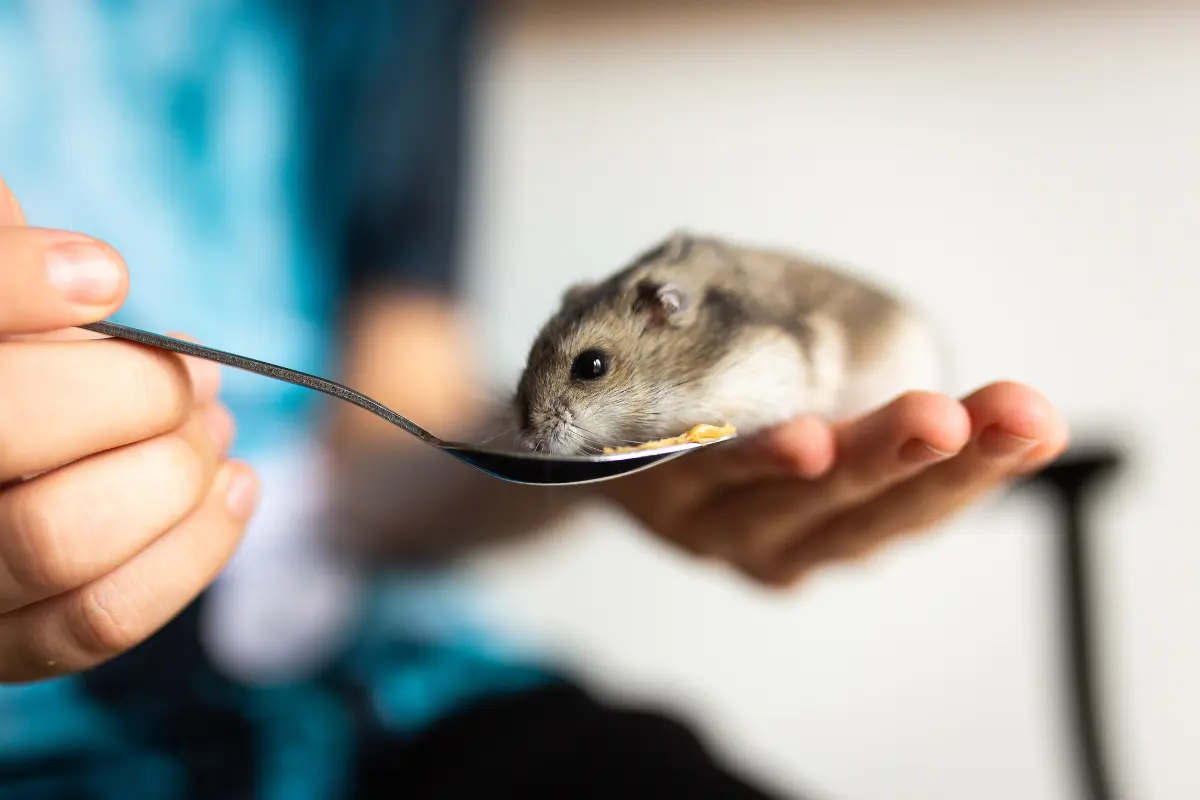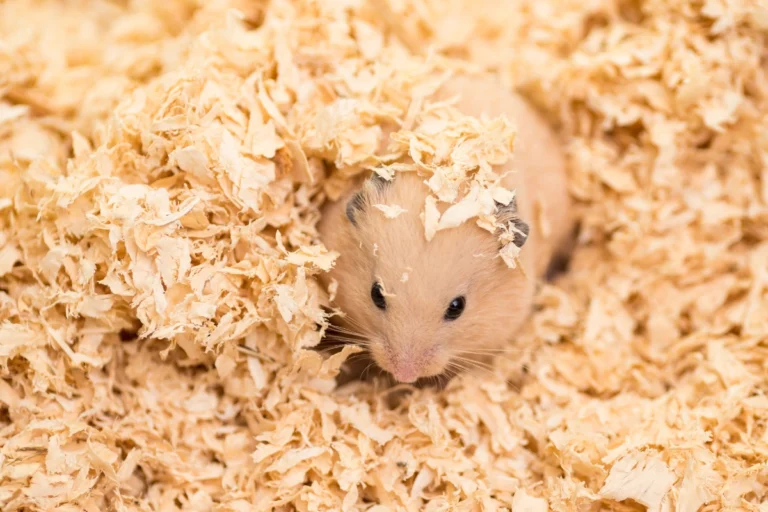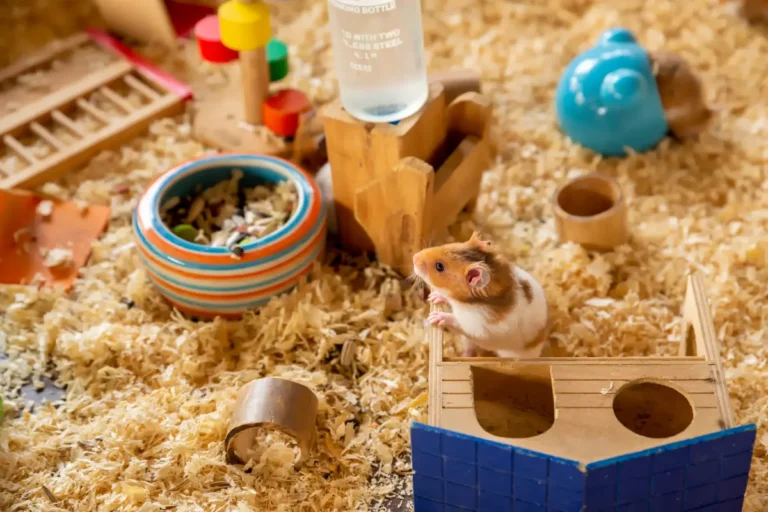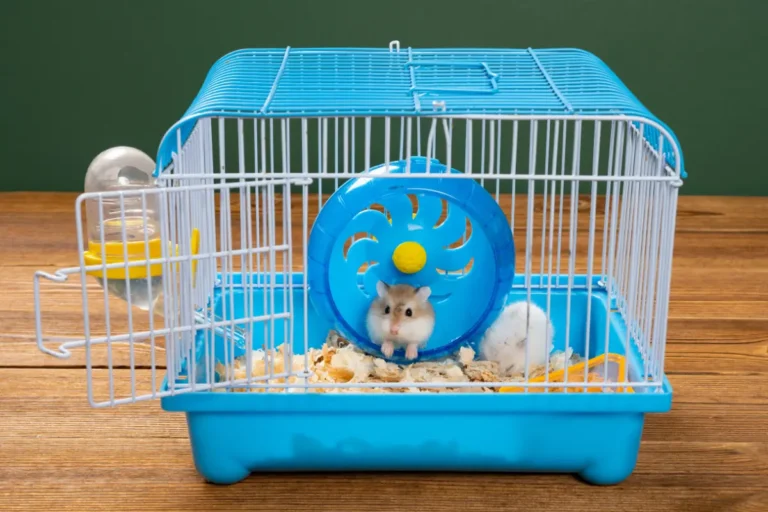Feeding Frequency for Hamsters: How Often Should You Provide Food?
When it comes to feeding your hamster, figuring out the right amount and how often to feed them can be a bit tricky. Hamsters are small creatures with big personalities, and their eating habits can vary based on their age, size, and activity level.
While it’s tempting to just keep their food dish filled all the time, it’s better to follow a feeding schedule that encourages healthy eating habits and ensures they get the right nutrients.
The Pitfalls of Overfeeding
One of the most common mistakes hamster owners make is leaving their hamster’s food dish full all the time. While it may seem like a good idea to ensure your hamster always has access to food, this practice can actually encourage picky eating. Hamsters, being naturally instinctive eaters, might start picking out only their favorite foods from the dish and ignoring the rest. This could result in an imbalanced diet and lead to nutritional deficiencies over time.
For example, if you always top up their food, they might just focus on the high-fat, high-sugar treats and leave the healthier, more nutrient-dense options. This can also lead to obesity, digestive issues, and other health problems.
The Ideal Feeding Schedule
The key to healthy feeding is moderation and regularity. The general rule for feeding hamsters is:
- 1 to 2 tablespoons of food every 2 to 3 days. This feeding schedule works well because it allows your hamster enough time to eat everything in the dish and reduces the chance of them becoming picky eaters.
However, this schedule can vary depending on your hamster’s species, age, and eating habits. For instance:
- Syrian hamsters typically eat faster and may consume their food in a day or two. You might need to refill their dish every other day with about 1 tablespoon.
- Roborovski hamsters, on the other hand, are slower eaters, and if you refill their dish too often, they might hoard food, leading to pickiness. A good approach would be to feed them 1 tablespoon every 3 days, allowing them time to eat everything.
Feeding Vegetables: A Healthy Addition to Their Diet
In addition to dry food, fresh vegetables are an essential part of a hamster’s diet. However, many hamster owners worry about feeding vegetables too often because of potential digestive upset. The key is to introduce vegetables gradually and allow your hamster to build a tolerance.
- How often should you feed vegetables?
You can offer your hamster vegetables every other day or even once a day—as long as you do so gradually. Start with small portions of safe vegetables like cucumber, carrots, or spinach. Avoid offering too many new veggies at once, as this can lead to stomach upset or diarrhea.
Vegetables are packed with essential nutrients and minerals, so they are an important part of a balanced diet for your hamster. When introducing new veggies, always monitor your hamster’s reactions and make sure they’re not having digestive issues.
Treats: The Do’s and Don’ts of Hamster Snacks
Hamsters love treats, but not all treats are created equal. Healthy treats can be given more frequently, while unhealthy treats should be reserved for special occasions.
Healthy treats: Opt for low-sugar, low-fat options like baby food or Gerber puff treats. These are generally safe and can be offered every other day or even daily.
Unhealthy treats: Avoid high-sugar treats like yogurt drops and fruit-flavored snacks, as they can lead to obesity and other health issues. Limit these types of treats to once a week at most.
Creating a Feeding Schedule for Your Hamster
While every hamster is unique, a general feeding schedule can help you keep track of your hamster’s diet. Here’s a sample feeding schedule based on the advice from hamster care experts:
- Day 1: 1-2 tablespoons of dry hamster food.
- Day 2: Fresh vegetables (about 1-2 teaspoons of safe vegetables).
- Day 3: 1-2 tablespoons of dry food.
- Day 4: Fresh vegetables or a small, healthy treat (like baby food or Gerber puffs).
- Day 5: 1-2 tablespoons of dry food.
- Day 6: Fresh vegetables or another healthy treat.
- Day 7: Repeat the cycle.
It’s important to note that the frequency of feeding can depend on how quickly your hamster eats and whether they have leftovers. If they finish their food quickly, you can offer more frequent feedings. If they leave food behind, consider adjusting the amount or frequency.
Adjusting to Your Hamster’s Eating Habits
Every hamster is different, and their food intake can vary based on factors like species, age, activity level, and health. Some hamsters are faster eaters, while others are more leisurely. The best approach is to observe your hamster’s eating habits:
Watch for Signs of Picky Eating: If your hamster is leaving food behind regularly or hoarding large amounts, it may be a sign that you are overfeeding them or that the food is not appealing enough.
Adjust According to Age and Activity Level: Younger or more active hamsters may require more food than older, less active ones. You may need to adjust their feeding schedule accordingly.
In conclusion, a consistent, balanced feeding schedule is key to keeping your hamster healthy and happy. Avoid leaving food available at all times, and instead, stick to a manageable feeding routine.
Regularly observe your hamster’s eating habits and adjust as needed. If they are consuming everything you provide without hoarding or leaving food behind, then you’re on the right track.






